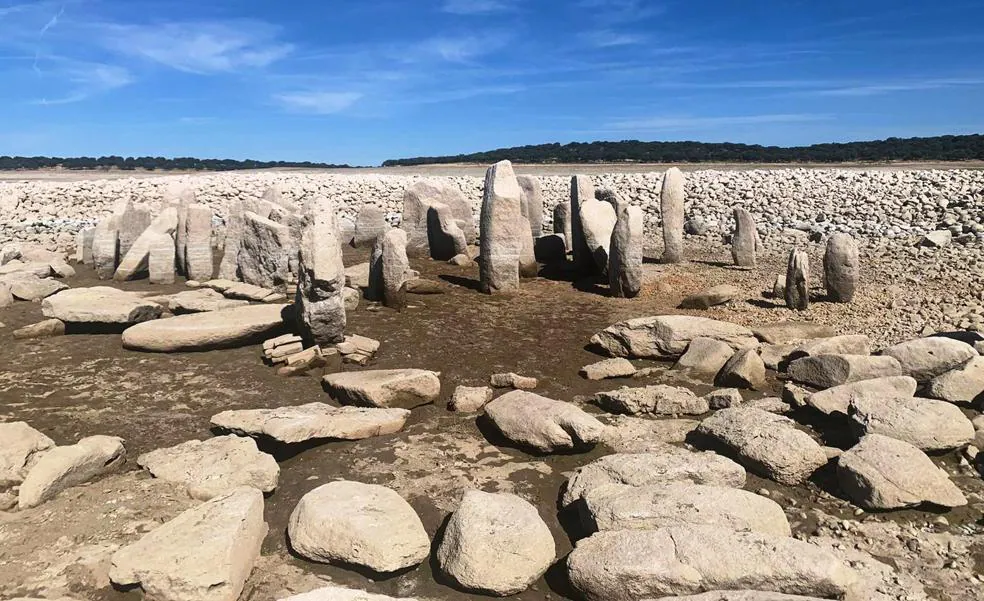

The archaeological material recovered from the excavations belonged to the House of Alba (owners of the land) and the archive resulting from the intervention was delivered to the University of Freiburg.Īfter being submerged in the reservoir, some of the upper parts of the orthostats continued to be visible in the summer, but the changing climate means that sometimes it is now completely uncovered and can be 'easily' accessed on foot, as was the case in 2019. It was excavated between 19 by the archaeologist Hugo Obermaier, who also restored it by repositioning the orthostats on concrete bases and placing the pebbles that formed the tumulus in a ring surrounding the megalithic complex. Because of its typology and part of its associated material culture (such as a set of bell beakers), the dolmen construction can be placed between the fourth and third millennium BCE, but other ceramic and lithic industry elements suggest an earlier first phase of use. The dolmen is a corridor tomb with a funerary chamber, about 5m in diameter, and includes 10m of passage corridor. The Guadalperal Dolmen (see Figures) is one of the prehistoric sites identified during these surveys.įigure 2: A view of Guadalperal dolmen (Image credit: Ministerio de Cultura y Deporte de España) Some of these remains were reconstructed nearby to avoid being totally submerged in water, such as the 'Temple of the Marbles', now located on the bank of the reservoir. This work, as well as recent studies carried out when the reduction in the water level allows, have located remains from prehistoric, Neolithic, Bronze and Iron Age, Roman and even medieval times in some rural settlements.

Before the flooding, this area was investigated by García y Bellido and Menéndez Pidal, who catalogued part of the archaeological remains, such as the Roman city of Augustóbriga. This, combined with the great agricultural capacity of the area, enabled the proliferation of settlements from prehistoric times until 1963, the year of the creation of the reservoir that flooded them and the town of Talavera la Vieja. Historically, the meanders and the irregular width of the river along its course have structured the area, which has led to the need for fords in places. The Valdecañas reservoir is located within the western boundary of the Tagus river basin in a region known as Campo Arañuelo in Cáceres (Extremadura). The responsible administration therefore needed to act by protecting and archaeologically studying the site. The Dolmen of Guadalperal (made of approximately 150 orthostats) was a spectacular sight when it re-emerged and attracted several curious visitors and the media, who understood that this was a unique opportunity to visit it. This situation allowed flooded lands to re-appear, and in many cases they were accessible on foot, such as at the Valdecañas reservoir (Cáceres). In 2019, the Iberian Peninsula suffered the worst drought in recent decades the lack of rain and the water to feed the rivers meant a clear reduction in water levels at Spanish reservoirs. In 1963, several heritage and archaeological sites, such as the Roman city of Augustóbriga and the protohistoric dolmen of Guadalperal, were completely submerged when a reservoir was built in the area. Figure 1: A view of Guadalperal dolmen (Image credit: Ministerio de Cultura y Deporte de España)


 0 kommentar(er)
0 kommentar(er)
